A brief history of cattle
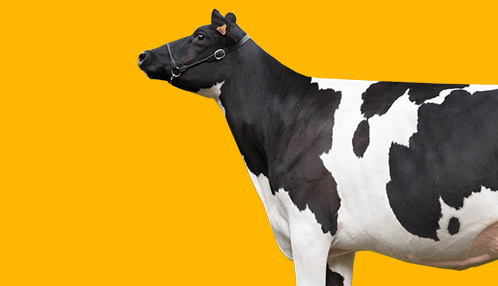
The Bazis team presents their third blog on the history of livestock breeding. This time it is dedicated to cattle, which is symbolic as this year is considered the year of the Ox.
According to most researchers, domestic cattle come from the wild European and Asian aurochs. Domestic cattle came later in the U.S. Today, there are more than 90 million cattle and calves in the U.S. alone. There are over three times more beef cows than milk cows. But let’s take a step back and look at the origins of the cattle industry.

Cattle breeding was more popular with the Ancient Rus population. Cattle breeding began to develop in the Yaroslavl region (near Moscow) between the 6th to 9th centuries. The Yaroslavl cattle were selected for adaptability, high feed efficiency, and good reproductive ability even in poor forage conditions during winter.

The Kievan Rus used well-developed cattle in fieldwork. Cattle also provided meat and milk for the personal needs of peasants and their rulers. In the 12th century, cattle in Russia were used mainly for meat and milk production and as draft animals.
In 1493, cattle were brought to the Americas for the first time. Christopher Columbus brought them on what was his second voyage across the Atlantic. Spanish colonists continued to import cattle for the next few decades.

During the reign of Alexei Mikhailovich, a decree was issued on the acquisition of breeding animals abroad and in Ukraine. Foreign specialists in cattle breeding shared their expertise with others.
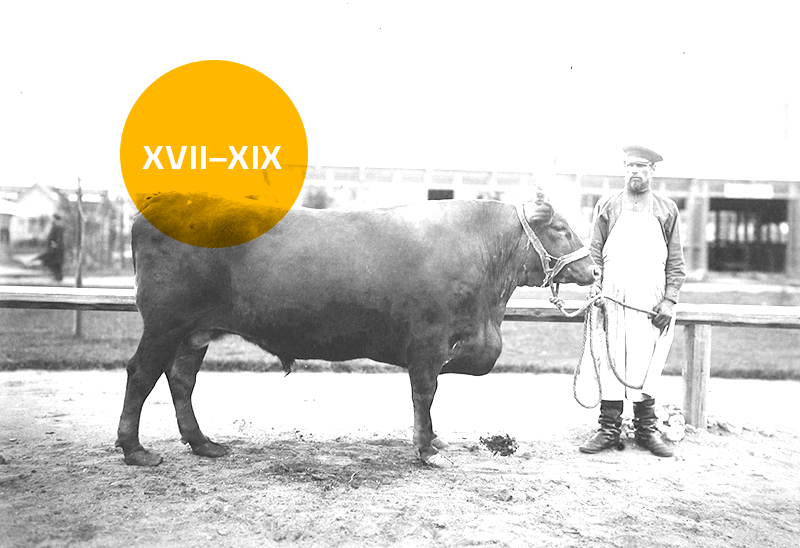
In the early 1600s as British Colonies were established in what is now the United States, there were direct importations of cattle to New England from Europe. Cattle in the present-day U.S. could have also entered further north in what is now Quebec (in Canada), as well as from the more southern coastal colonies of North America, such as Pennsylvania, New Jersey, Delaware, Maryland, and Virginia.
Meanwhile, in Ukraine, Regions of the country started to specialize in the production of cattle products. Dairy cattle breeding began to develop in the areas adjacent to large cities, and meat farming that supplied the cities with meat gradually moved to more remote steppe regions. Cattle breeds, such as the Kalmyk, were taken to southwestern Russia from China.
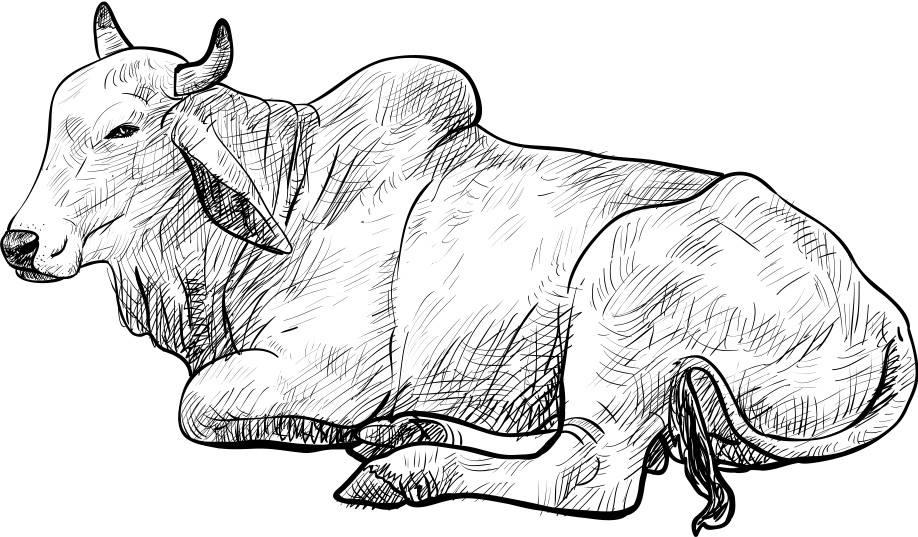
The first known breed of cattle developed in the United State–the American Brahman–was created in 1854. It was created from a small herd of Bos cattle that was imported from India. The Brahman is a sturdy, adaptable and long-living breed, easily recognizable by the large hump between the shoulders.

During the Russian Civil War of 1921 and during World War II, there was immense damage was done to livestock breeding. In the post-war period, the livestock population recovered and quickly increased. At the same time, the productivity of cows was growing. A herdbook was established in 1921. Blood type analysis shows a relationship between Danish Red and Angeln cattle.
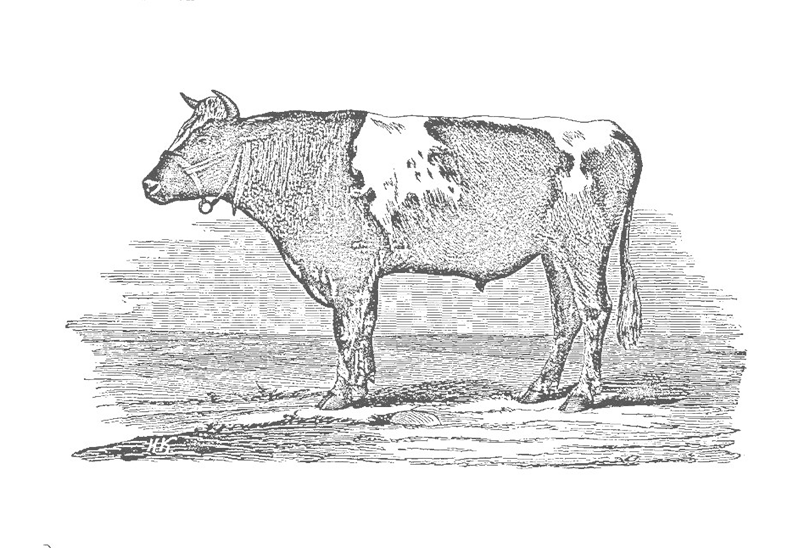
1910: At the All-Russian exhibition of livestock organized by the Northern Society of Agriculture in St. Petersburg, animals of Russian breeds were presented for the first time in Russia. The Kholmogor cattle were well-known in Russia and abroad owing to their high productivity and excellent quality of dairy products.
As a result of long-term breeding work to improve local livestock in the Russian region, the same type of highly productive animals emerged in different country regions. Based on those progenitors, several new cattle breeds were produced, such as: black pied, Kostroma, Kurgan, Caucasian brown, Kazakh white-headed. These breeds were proven by the post-war years.
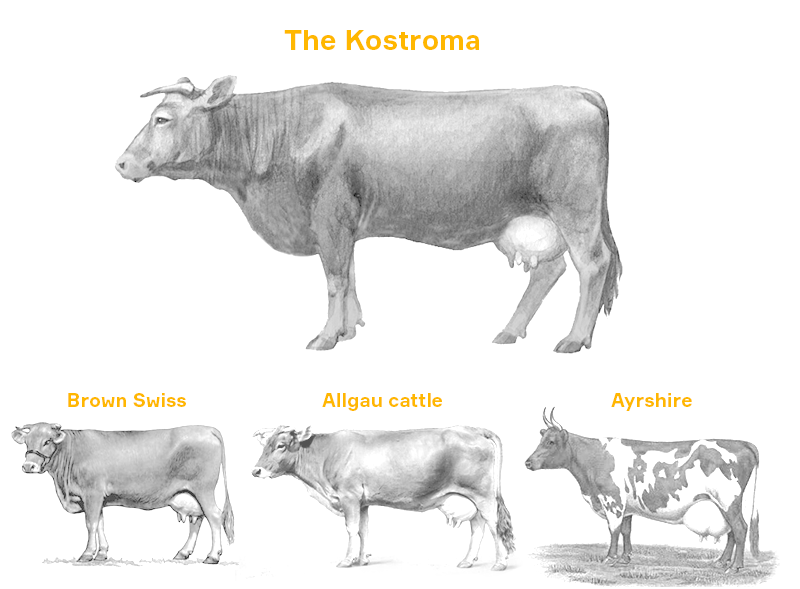
The Kostroma is a Russian cattle breed developed in the first half of the 20th century in the Kostroma Oblast of Russia’s Upper Volga region, based mostly on crossbreeding local improved cattle with Brown Swiss, Allgau cattle, and Ayrshire bulls.
Starting in the late 1960s, dairy farming in the U.S. shifted dramatically. Between 1970 and 2006, the number of farms with dairy cows fell steadily and sharply, from 648,000 operations in 1970 to 75,000 in 2006. That’s an 88 percent drop. This is largely due to a trend toward greater specializations on farms and larger farms (as opposed to traditional family dairy farms).

Due to the transition to a market economy in Russia and the Ukraine in the 1990s, the discrepancy in prices for livestock products and agricultural machinery, energy, fertilizers, construction materials, and other industrial products, the economic condition of agricultural enterprises deteriorated sharply; the population of cattle, cow productivity, milk, and beef production decreased.
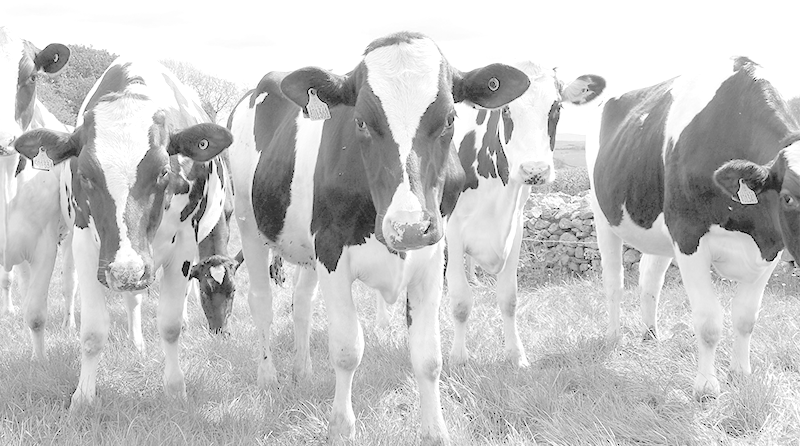
The current state of cattle breeding – the population of cattle, ranks first among other types of farm animals. In Russia, at the end of July 2021, the number of cattle in the farms of all agricultural producers, according to calculations, amounted to 18.9 million heads; 8 million of those are cows. In Ukraine, the number of cattle is estimated at 3.23 million crowns, of which 1.66 million are cows.
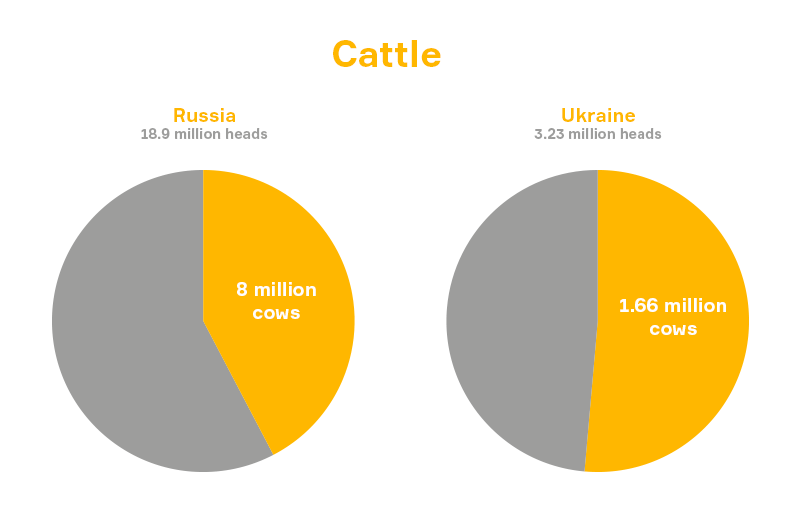
In Russia and Ukraine, that there are one cow per 20 residents.New Zealand stands out significantly in terms of the number of cows per capita. Here the number of cows exceeds the population: there are 1111 cows per 1000 people. New Zealand is followed by the Republic of Belarus, with 1 cow per 6 residents, Brazil – one cow per 10 residents, and Australia – with 1 cow per 15 residents.
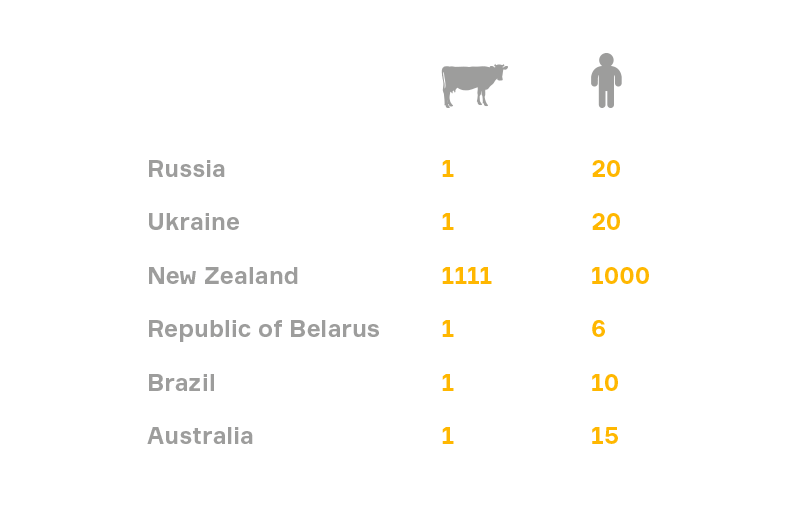
https://knowledge.allbest.ru/agriculture/2c0b65625a3bc78b5d43a89421206c37_0.html
https://www.dairynews.ru/news/pogolove-korov-v-ukraine-na-1-aprelya-2021-1-668-m.html
https://milknews.ru/analitika-rinka-moloka/rinok-moloka-v-mire/rinok-moloka-v-mire_312.html
https://milknews.ru/analitika-rinka-moloka/rinok-moloka-v-mire/rinok-moloka-v-mire_312.html
https://journals.plos.org/plosone/article?id=10.1371/journal.pone.0242200
https://www.nativebreed.org/native-russian-cattle-breeds/
https://www.randalllineback.org/the-early-history-1600s-and-1700s
https://animals.mom.com/country-introduced-cattle-us-7162.html
https://animals.mom.com/country-introduced-cattle-us-7162.html
https://www.ers.usda.gov/webdocs/publications/45868/17034_err47b_1_.pdf